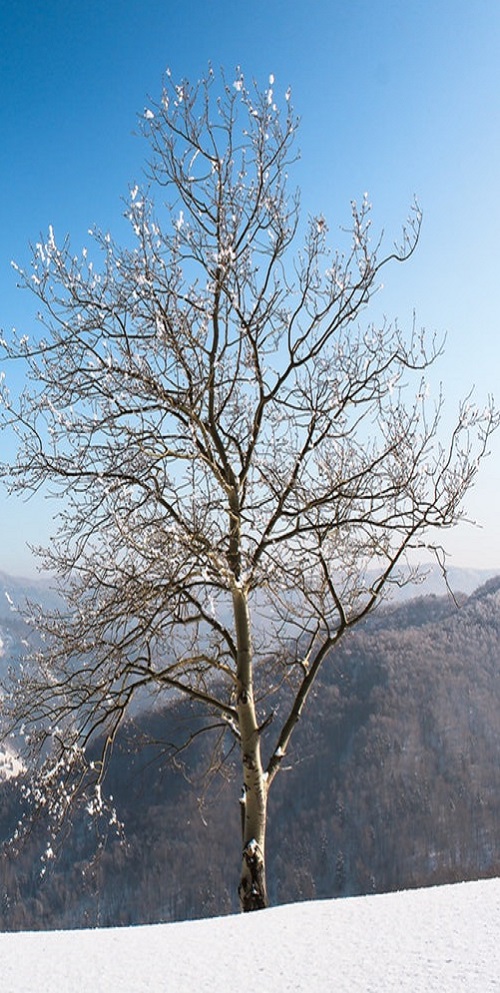
Photography Gallery
Plants are mainly multicellular, especially photosynthetic eukaryotes from the Kingdom of Plantae. Historically, plants have been treated as one of two kingdoms, including all inexpensive living things, and all algae and fungi were treated as plants. However, all current Plantae definitions exclude fungi and some algae, as well as prokaryotes (Archaea and bacteriophages). By definition, plants form the clade Viridiplantae (Latin name for green plants), a group that includes flowering plants, cones, and other gymnosperms, and their cones, horns, liverworts, mosses and green algae, however, do not include red and brown algae.
Green plants obtain most of their energy from sunlight by photosynthesis with primary chlorobenzene derived from symbiosis with cyanobacteria. Their chloroplasts contain chlorophyll A and B, which gives them their green color. Some terrestrial or mycotrophic plants are synonymous and have lost the ability to produce normal amounts of chlorophyll or photocomics. Plants are characterized by sexual reproduction and changing generations, although asexual reproduction is also common.
There are around 320,000 plant species, most of which, around 260 - 290,000, are seed plants (see table below). Green plants provide most of the world's molecular genetics and form the basis of most of the earth's ecosystems, especially on land. Plants that produce cereals, fruits and vegetables form the staple food of humanity and have been transported for thousands of years. Plants have many cultural and other uses, such as ornaments, building materials, writing materials and in a large variety, have become a source of psychoactive medicines and medicines. The scientific study of plants is known as botany, a biological article.
The following table shows several different species estimates of different green plants (Viridiplantae). This shows that there are around 300,000 species of Viridiplantae Vive, of which 85 - 90% are flowering plants. (Note: because they come from different sources and different dates, they are not always comparable and, because all species care, are subject in some cases to uncertainty.)
No comments:
Post a Comment